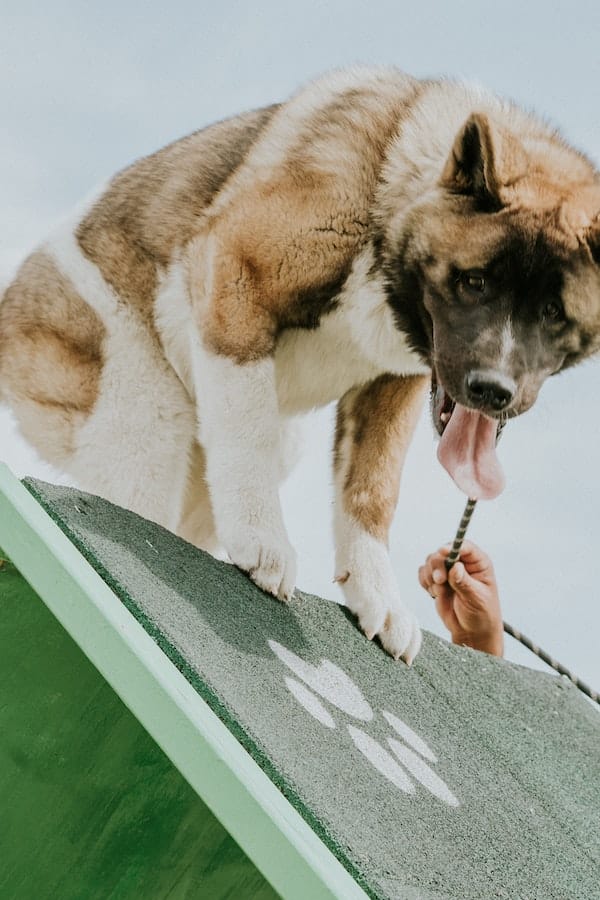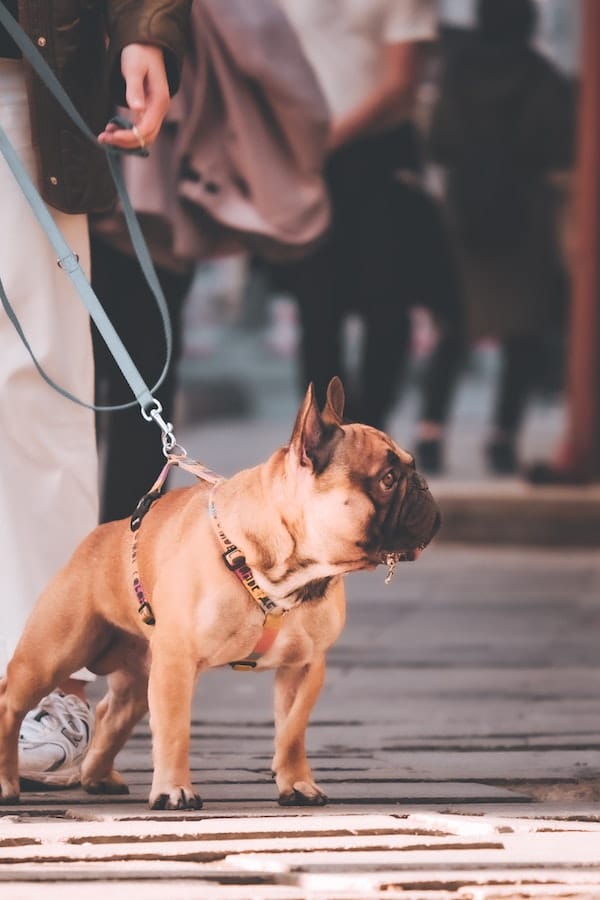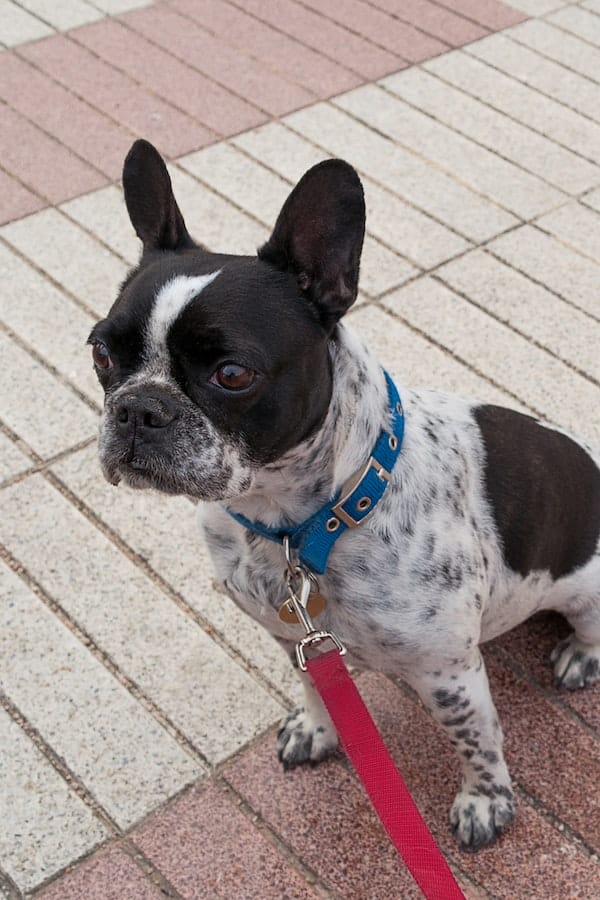
Crate training your dog can be an effective way of establishing a healthy relationship with your pet, providing them with a sense of safety and security.
It is important to understand the basics before beginning a crate training program for your animal.
With proper technique, you can teach your dog how to use its crate as a comfortable place to relax and stay safe.
This article will discuss the benefits of crate training and provide advice on how to get started with this behavior-modification exercise.
What are the benefits of crate training?

There are many benefits to crate training your dog. These include:
1. It can be a great way to housebreak your dog since it provides a designated area for them to do their business
2. Crate training will provide your pet with a safe, comfortable place of its own that becomes associated with positive experiences
3. It encourages healthy behaviors such as chewing on appropriate objects rather than furniture or other household items
4. It will keep your pet secure and safe when you are away from home or while they are sleeping
5. Crate training can also help with behavioral issues such as barking, whining, and destructive chewing
6. Finally, it can reduce anxiety in dogs who may be scared of loud noises or unfamiliar people.
What should you Prepare for crate training?

Before beginning a crate training program for your pet, there are several steps you must take to ensure its success. These include:
Choosing and setting up the right crate
When selecting a crate, you should choose one that is large enough for your pet to move around and stretch out in comfort.
You should also ensure the door is secure and won’t accidentally open during the training session.
Additionally, the crate should be placed in an area of your home that is quiet and free from distractions.
Make sure to provide your pet with bedding and toys to make the crate a cozy place for them. This will help your pet feel comfortable in its new space.
Introducing your dog to the crate
Once you have your crate set up, it is time to introduce your pet to the crate. This should be done gradually and with lots of positive reinforcement.
Start by placing treats near the entrance of the crate and encouraging your pet to go inside on its own. Once they enter, give them a treat and praise them for their good behavior.
Increase the distance and duration of the time spent in the crate over a few days until your pet is comfortable.
Establishing rules and guidelines around the crate
It is important to establish rules and guidelines around the crate from the beginning.
This will help ensure your pet understands what behaviors you expect of them while they are in their crate. For example, no barking or whining should be allowed.
You should also not allow your pet to use the crate as a punishment; it should only be used for rest and relaxation.
How to train your dog to use the crate?

There are several ways to train your pet to use the crate. These include:
Set up a consistent routine
Create a consistent routine for your pet to follow when using the crate. This will help them understand that a crate is a place they can go to and be comfortable.
Start by feeding your pet in their crate, then gradually add more activities such as playing with their toys or taking long naps.
Give them treats every time they enter and exit the crate. You should also make sure not to leave your pet in the crate for too long or they may become anxious.
Encouraging positive behavior around the crate
Positive reinforcement is a great way to encourage positive behavior around the crate.
Whenever your pet displays good behaviors such as going into the crate on their own, calmly entering the crate, not barking or whining inside the crate, coming out when called upon, or staying in the crate for an extended period of time, reward them with treats and praise.
This will help your pet learn that good behavior is rewarded and help them become more comfortable with using the crate.
Using rewards and praise for appropriate use of the crate
Rewards and praise can be powerful tools in reinforcing the proper use of the crate.
Whenever your pet displays appropriate behaviors while using their crate, such as staying inside on their own or not barking, reward them with treats and verbal praise.
This will help reinforce that good behaviors result in rewards, making them more likely to repeat those behaviors.
Additionally, if your pet is not following the rules of their crate, use verbal cues and gentle touches to redirect them before giving a correction.
Keep training sessions short and frequent
Training your pet to use the crate should be done in short sessions throughout the day.
This will help keep their attention and prevent them from getting overwhelmed or frustrated.
These sessions should remain positive and upbeat, as punishing your pet for not understanding something can create an unhealthy association with the crate.
Troubleshooting common problems with crate training
There may be times when your pet is displaying behaviors that are making crate training difficult. In this case, it is important to identify the problem and take steps to rectify it.
Common problems with crate training include barking or whining in the crate, not wanting to enter the crate, attempting to escape from the crate, or being destructive inside the crate.
Take regular breaks from crate training
Rewards and praise are effective ways to reinforce positive behavior when it comes to crate training.
Whenever your pet displays appropriate behaviors while using their crate, such as staying inside on their own or not barking, reward them with treats and verbal praise.
This will help build a positive association with the crate, making them more likely to repeat those behaviors in the future.
It is also important to take regular breaks from the training sessions in order to prevent your pet from becoming frustrated or overwhelmed.
This will help create an enjoyable experience for both you and your pet.
Never use the crate as punishment
Crates should never be used as a form of punishment. Doing so will create an unhealthy association with the crate and make it harder for your pet to become comfortable using it.
Instead, focus on rewarding positive behaviors when it comes to crate training and use verbal cues and gentle touches to redirect them if they are not following the rules.
Final thought

Crate training is an effective way to help your pet become comfortable with using their crate and can be beneficial for both you and them.
With regular practice and positive reinforcement, your pet will learn to enter the crate on its own, stay inside without barking or whining, come out when called upon, and remain in the crate for extended periods of time.
Regular breaks from the training sessions and rewards for appropriate behaviors will help reinforce positive behavior, making it easier for your pet to become comfortable with their crate.
With proper crate training, you can provide your pet with a safe, secure place that they enjoy spending time in and create a harmonious relationship between the two of you.


GIPHY App Key not set. Please check settings